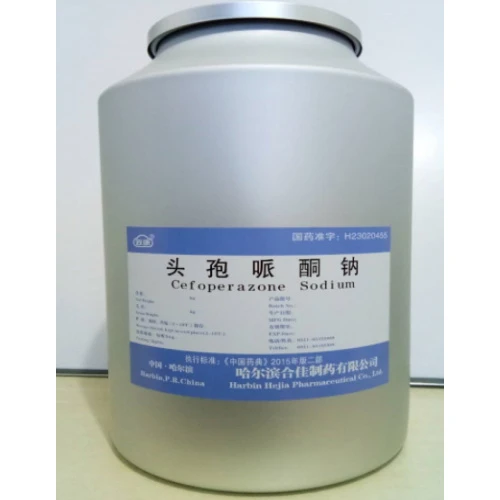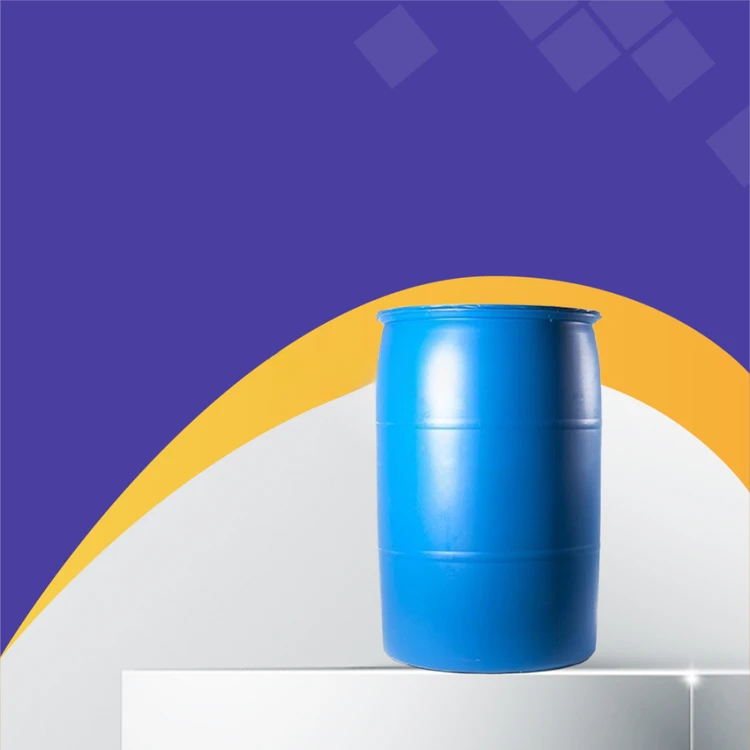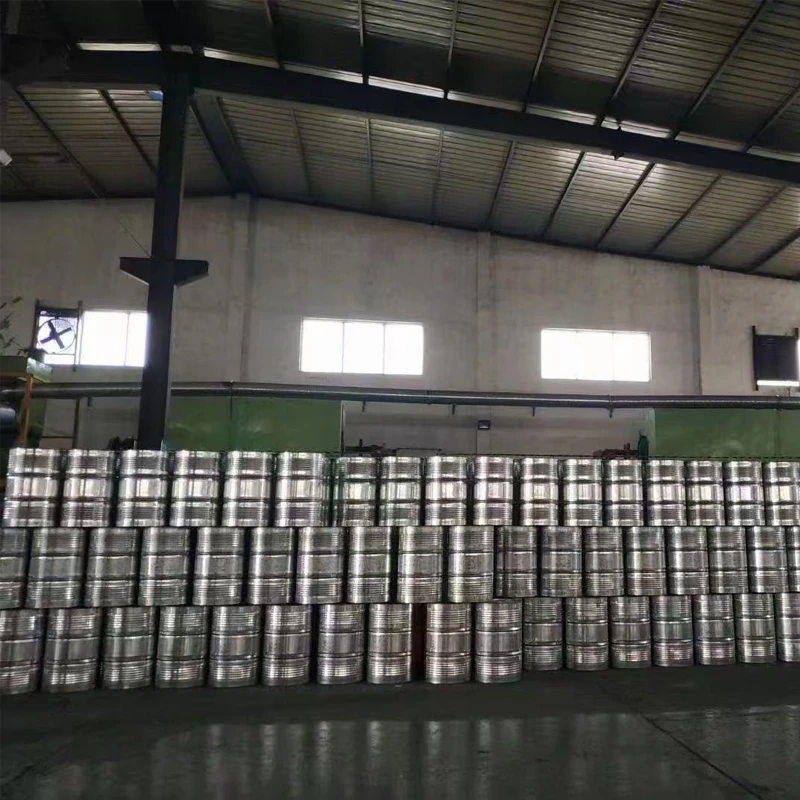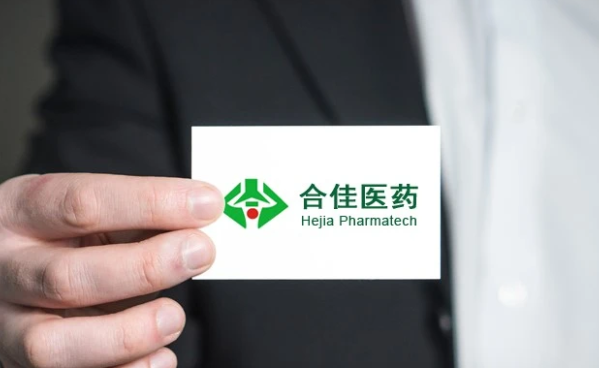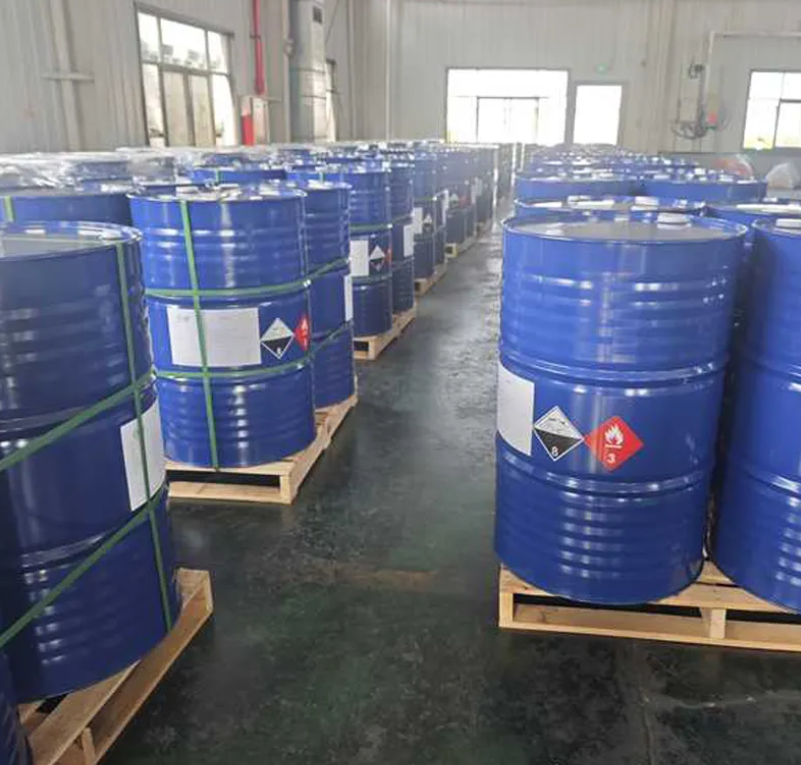In the evolving landscape of polymer chemistry, specialized catalysts are the backbone of innovation, driving efficiency, sustainability, and product performance. Among these, Hegrecat LA141 1, chemically known as 3,5-Tris[3-(dimethylamino)propyl]hexahydro-1,3,5-triazine, stands out as a highly effective and versatile tertiary amine catalyst. This comprehensive guide explores its intricate details, from its technical specifications and manufacturing prowess to its diverse applications and the profound impact it has on modern industrial processes. Our aim is to provide an authoritative resource, grounded in deep industry knowledge and practical experience, to enhance your understanding and trust in this critical chemical compound.
Global Trends Driving Catalyst Innovation: The Rise of Sustainable Chemistry
The global chemical industry is undergoing a significant transformation, with a surging demand for high-performance and environmentally benign catalysts. Market analysis indicates that the global catalyst market, valued at approximately $34 billion in 2022, is projected to reach over $50 billion by 2030, growing at a CAGR of around 5% to 6%. This growth is primarily fueled by stringent environmental regulations, the need for enhanced process efficiency, and the increasing adoption of sustainable manufacturing practices across various sectors, particularly in the production of polyurethanes, coatings, and adhesives.
Within this dynamic environment, low-VOC (Volatile Organic Compound) and non-emissive catalysts are gaining immense traction. Traditional tin-based and highly emissive amine catalysts are being phased out due to health and environmental concerns. This shift creates a significant opportunity for innovative solutions like Hegrecat LA141 1, which offers superior catalytic activity with reduced environmental footprint. Its chemical structure, 3,5-Tris[3-(dimethylamino)propyl]hexahydro-1,3,5-triazine, is designed to provide a balanced catalytic effect, ensuring optimal reaction control while minimizing undesirable byproducts. The polyurethane industry, in particular, which consumed over 12 million metric tons of polyols in 2022, is a primary driver for such advanced amine catalysts due to its pervasive use in construction, automotive, and furniture sectors.
Furthermore, the push towards energy efficiency and resource optimization in manufacturing processes necessitates catalysts that can accelerate reactions at lower temperatures or reduce cure times, thereby cutting energy consumption and boosting productivity. Hegrecat LA141 1 is at the forefront of this trend, offering a unique blend of catalytic properties that contribute to faster throughput and improved overall process economics.
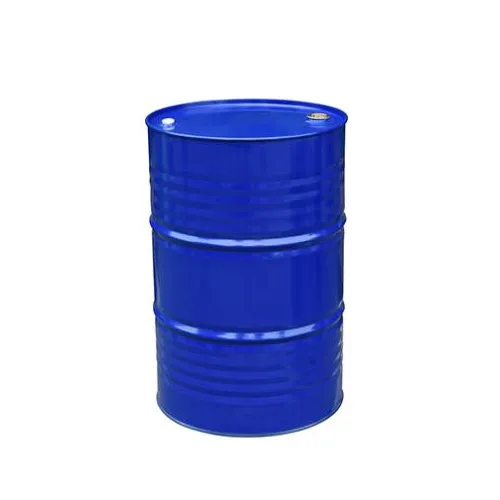
Figure 1: Advanced Synthesis Capabilities for Hegrecat LA141 1.
Technical Parameters of Hegrecat LA141 1
Hegrecat LA141 1, or 3,5-Tris[3-(dimethylamino)propyl]hexahydro-1,3,5-triazine, is a tertiary amine catalyst known for its broad applicability and performance stability. Understanding its key technical specifications is crucial for optimal formulation and application in various chemical processes.
Key Product Specifications:
| Parameter | Specification | Significance |
|---|---|---|
| Chemical Name | 3,5-Tris[3-(dimethylamino)propyl]hexahydro-1,3,5-triazine | Precise identification of the chemical compound. |
| Product Name | Hegrecat LA141 1 | Trade name for commercial use. |
| CAS Number | 15875-13-5 | Unique numerical identifier for the chemical substance, essential for regulatory compliance. |
| Molecular Formula | C18H42N6 | Defines the exact number of atoms of each element in a molecule. |
| Molecular Weight | 342.56 g/mol | Indicates the mass of one mole of the substance, crucial for stoichiometric calculations. |
| Appearance | Clear to slightly yellowish liquid | Visual characteristic indicating purity and quality. |
| Purity (GC) | ≥ 99.0% | High purity ensures consistent performance and minimizes side reactions. |
| Amine Value | Approx. 450-480 mg KOH/g | Measures the total basicity, correlating to catalytic activity. Higher values indicate stronger basicity. |
| Density (25°C) | 0.910 - 0.925 g/cm³ | Important for formulation and mixing calculations. |
| Viscosity (25°C) | 50 - 100 cP | Affects handling, pumping, and ease of incorporation into formulations. |
| Flash Point (Closed Cup) | > 110 °C | Safety parameter, indicating the lowest temperature at which vapors ignite. |
| Solubility | Soluble in water and most organic solvents | Versatility in formulation and compatibility with various systems. |
| Hydroxyl Number | < 5 mg KOH/g | Indicates minimal presence of hydroxyl groups, important for applications sensitive to active hydrogen. |
| Storage Temperature | 10 - 30 °C | Recommended range for maintaining product stability and shelf life. |
These parameters, rigorously tested and maintained, ensure that Hegrecat LA141 1 delivers consistent and reliable performance in demanding industrial applications, adhering to global quality standards such as ISO 9001 for manufacturing excellence.
The Manufacturing Excellence of Hegrecat LA141 1: A Journey from Raw Material to High-Performance Catalyst
The consistent quality and performance of Hegrecat LA141 1 are rooted in a meticulously controlled manufacturing process. This catalyst, 3,5-Tris[3-(dimethylamino)propyl]hexahydro-1,3,5-triazine, is produced through a sophisticated multi-stage synthesis that emphasizes purity, safety, and environmental responsibility. While specific proprietary details remain confidential, the general process flow involves precise chemical reactions and rigorous purification steps.
Manufacturing Process Flow:
- Raw Material Sourcing & Qualification: The journey begins with the selection of high-purity precursor chemicals, primarily formaldehyde and 3-(dimethylamino)propylamine. These raw materials undergo stringent quality checks upon arrival, including spectroscopy and chromatography, to ensure they meet exact specifications. Our commitment to ISO 9001 standards starts here, verifying the material's integrity and minimizing impurities that could compromise the final product.
- Reaction & Synthesis: In a precisely controlled reaction environment, these precursors are carefully combined in a series of reactors. The synthesis of the hexahydro-1,3,5-triazine ring structure from amines and aldehydes is a complex process requiring precise temperature, pressure, and pH control. This typically occurs in a cascade of stirred tank reactors (CSTRs) to ensure optimal conversion and selectivity. Modern facilities often employ advanced process control systems, leveraging PLC and DCS technologies, to maintain ideal conditions.
- Quenching & Neutralization: Following the primary reaction, the crude product mixture undergoes a quenching step, often involving controlled cooling or the addition of specific agents to halt the reaction and stabilize intermediate compounds. This is followed by a neutralization phase to adjust the pH, critical for subsequent purification steps and preventing degradation.
- Purification & Separation: This is a critical stage where Hegrecat LA141 1 is separated from unreacted raw materials, byproducts, and impurities. Techniques such as vacuum distillation are commonly employed due to the catalyst's relatively high boiling point and sensitivity. Multi-stage distillation columns, often operating under reduced pressure, are used to achieve the desired purity levels (typically ≥ 99.0%). Filtration systems are also integrated to remove any solid particulate matter, ensuring a clear liquid product.
- Quality Control & Analysis: Throughout the entire manufacturing process, from raw material inspection to final packaging, rigorous quality control (QC) checks are performed.
- In-Process QC: Samples are taken at various stages to monitor reaction progress, purity, and intermediate parameters using Gas Chromatography (GC), Titration (for amine value), and Density measurements.
- Final Product Analysis: Before dispatch, every batch of Hegrecat LA141 1 undergoes a comprehensive final analysis, including purity via GC, amine value, water content (Karl Fischer titration), viscosity, and appearance. These tests ensure compliance with our internal specifications and external industry standards like ASTM or specific customer requirements.
- Packaging & Storage: The purified Hegrecat LA141 1 is carefully packaged in appropriate container111s (e.g., drums, IBCs) under inert atmosphere if necessary, to prevent contamination and degradation during storage and transport. Strict adherence to packaging standards ensures product integrity and safety during transit and storage.
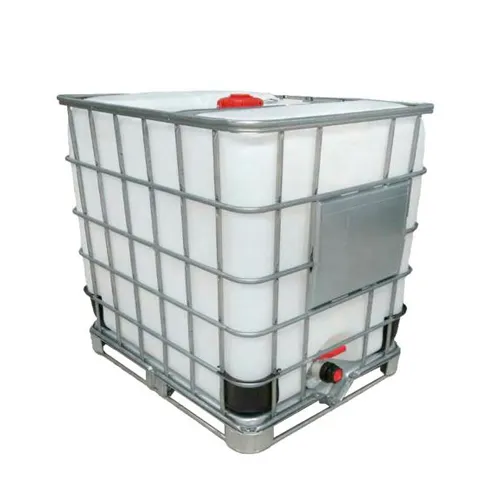
Figure 2: Quality Control and Diverse Applications of Hegrecat LA141 1.
Material & Manufacturing Considerations:
- Product Material (Chemical Composition): Hegrecat LA141 1 is a liquid tertiary amine. Its stability is ensured by the careful selection of raw materials and meticulous control of the synthesis process. Its inherent chemical structure, 3,5-Tris[3-(dimethylamino)propyl]hexahydro-1,3,5-triazine, contributes to its unique catalytic profile.
- Manufacturing Process Details: This is primarily a chemical synthesis process, not involving casting, forging, or CNC machining in the traditional sense. Instead, it relies on precise chemical engineering principles, including reaction kinetics, thermodynamics, mass transfer, and separation technologies. The integrity of the reactor vessels and piping, often constructed from specialized alloys to resist corrosion, is critical.
- Inspection Standards: Beyond ISO 9001 for quality management, production adheres to relevant chemical industry standards for safety (e.g., OSHA, local regulations) and environmental protection (e.g., EPA, REACH compliance). Specific analytical methods often follow ASTM or equivalent international standards for chemical analysis.
- Estimated Service Life: As a catalyst, Hegrecat LA141 1 is consumed in the reaction it facilitates. However, its stability and effectiveness within a formulation determine its "service life" in terms of shelf life before use. With proper storage (cool, dry, sealed container111s, away from direct sunlight), it typically maintains its full catalytic activity for at least 24 months from the date of manufacture.
- Applicable Industries: Its primary applications are within the chemical processing, polymers, and materials industries. This includes but is not limited to:
- Petrochemicals: As an intermediate or catalyst for specific reactions.
- Polyurethane Industry: Extensive use in flexible and rigid foams, elastomers, coatings, adhesives, and sealants (CASE).
- Coatings, Adhesives, Sealants, Elastomers (CASE): Enhances cure profiles and performance.
- Specialty Chemicals: As a component in various proprietary formulations.
- Advantages in Typical Applications:
- Energy Saving: Enables faster cure times or lower processing temperatures, leading to reduced energy consumption in curing ovens or reaction vessels.
- Corrosion Resistance (Indirect): As a catalyst in formulations, it contributes to the rapid and complete cure of polymers, which, in turn, can enhance the corrosion resistance properties of the final material (e.g., in protective coatings). Its own chemical stability minimizes its contribution to corrosive environments during storage or handling.
- Enhanced Product Quality: Promotes uniform cell structure in foams, improved adhesion in sealants, and enhanced mechanical properties in elastomers, directly contributing to the final product's performance and longevity.
Diverse Application Scenarios of Hegrecat LA141 1
The versatility of Hegrecat LA141 1 (3,5-Tris[3-(dimethylamino)propyl]hexahydro-1,3,5-triazine) makes it an indispensable component across numerous industrial applications, particularly where balanced reactivity and superior final product properties are desired. Its unique structure enables it to catalyze both gelling (polyol-isocyanate reaction) and blowing (water-isocyanate reaction) efficiently, offering formulators precise control over reaction profiles.
- Polyurethane Flexible Foams: In the production of flexible foams for furniture, bedding, and automotive seating, Hegrecat LA141 1 acts as a highly effective co-catalyst, often alongside other amines or tin compounds. It promotes a balanced reaction, ensuring good flowability, consistent cell structure, and rapid demolding times. Its low-odor profile is particularly beneficial for consumer-facing products. For instance, in high-resilience (HR) foams, it helps achieve excellent compression set and durability.
- Polyurethane Rigid Foams: For insulation applications in construction (e.g., spray foam, sandwich panels) and refrigeration, Hegrecat LA141 1 contributes to rapid cure, strong adhesion to substrates, and superior thermal insulation properties. Its ability to facilitate strong cross-linking leads to closed-cell structures that minimize heat transfer, crucial for energy efficiency in buildings and appliances.
- Polyurethane Coatings, Adhesives, Sealants, and Elastomers (CASE):
- Coatings: Used in solvent-borne and solvent-free polyurethane coatings, Hegrecat LA141 1 accelerates cure without contributing to yellowness, delivering tough, abrasion-resistant, and aesthetically pleasing finishes for flooring, industrial equipment, and automotive topcoats.
- Adhesives: It provides controlled cure profiles for two-component (2K) polyurethane adhesives, enhancing bond strength and reducing open times. This is vital in applications ranging from automotive assembly to footwear manufacturing.
- Sealants: In polyurethane sealants, it ensures excellent green strength, rapid development of physical properties, and superior adhesion to diverse substrates, making it ideal for construction joints, automotive body sealing, and marine applications.
- Elastomers: For cast elastomers used in industrial rollers, wheels, and protective linings, it contributes to rapid gelation and a full cure, yielding materials with high tensile strength, tear resistance, and excellent rebound properties.
- Epoxy Curing Systems: While primarily known for polyurethane, 3,5-Tris[3-(dimethylamino)propyl]hexahydro-1,3,5-triazine can also function as an accelerator or co-curing agent in certain epoxy resin systems, particularly those requiring specific latency or cure profiles. It aids in achieving complete cross-linking, leading to enhanced mechanical and chemical resistance of the cured epoxy.
Technical Advantages: Why Choose Hegrecat LA141 1?
The selection of a catalyst is paramount to the success of any chemical process. Hegrecat LA141 1 offers a distinct set of advantages over conventional catalysts, making it a preferred choice for formulators seeking optimal performance and compliance.
- Balanced Reactivity Profile: Hegrecat LA141 1 provides a unique balance between gelling (polyol-isocyanate reaction) and blowing (water-isocyanate reaction) catalysis. This balance is critical for achieving a uniform cell structure in foams and preventing issues like collapse or over-expansion. Unlike some catalysts that heavily favor one reaction, it promotes synchronized curing, leading to superior physical properties in the final product.
- Low Odor & Low VOC Emission: A significant advantage of Hegrecat LA141 1, especially its specific chemical structure 3,5-Tris[3-(dimethylamino)propyl]hexahydro-1,3,5-triazine, is its low volatility. This translates to significantly reduced odor during processing and lower volatile organic compound (VOC) emissions from the final product. This meets increasingly stringent environmental regulations (e.g., LEED, CARB) and improves indoor air quality, making it ideal for automotive interiors, furniture, and indoor construction materials. Industry data suggests a typical reduction of 30-50% in total VOCs compared to traditional highly volatile amine catalysts.
- Excellent Latency and Pot Life: While active, Hegrecat LA141 1 offers a good degree of latency when properly formulated, allowing for sufficient pot life in two-component systems. This provides flexibility during mixing and application, preventing premature gelling while ensuring a fast cure once activated, for instance, by heat or moisture.
- Hydrolytic Stability: The chemical structure of Hegrecat LA141 1 contributes to its excellent hydrolytic stability. This is crucial in formulations containing water (e.g., water-blown foams) or in humid environments, ensuring the catalyst remains active and stable over time without degradation, which can otherwise lead to inconsistent performance.
- Non-Emissive Character: Due to its high molecular weight and low volatility, Hegrecat LA141 1 tends to react into the polymer matrix, making it "non-emissive" or "low-emission." This means it does not readily migrate out of the finished product over time, preventing issues like vinyl fogging in automotive applications or surface stickiness in foams, thereby enhancing product longevity and aesthetic quality.
- Improved Physical Properties: By facilitating a complete and uniform cure, Hegrecat LA141 1 often leads to finished products with superior physical properties, including enhanced compression strength, reduced brittleness, improved adhesion, and better overall durability. For example, in flexible foams, it can contribute to a tighter "skin" and improved tear strength.
Choosing the Right Partner: Manufacturer Comparison and Why Experience Matters
Selecting a supplier for critical chemical catalysts like Hegrecat LA141 1 is a decision that extends beyond mere product specifications. It involves evaluating a manufacturer's commitment to quality, technical expertise, supply chain reliability, and customer support. Here’s what sets leading manufacturers apart in the competitive chemical landscape:
- Unwavering Quality Assurance: A top-tier manufacturer adheres to the highest global quality standards, such as ISO 9001:2015 certification. This ensures that every batch of Hegrecat LA141 1 (3,5-Tris[3-(dimethylamino)propyl]hexahydro-1,3,5-triazine) is produced with consistent purity, performance, and safety. This involves rigorous in-process and final product testing, comprehensive batch traceability, and adherence to global regulatory frameworks like REACH.
- Robust R&D and Innovation: Leading manufacturers invest heavily in research and development. This not only allows them to continuously refine existing products like Hegrecat LA141 1 for improved efficiency and environmental profiles but also to develop new solutions for emerging industry needs. Their R&D centers are equipped with state-of-the-art analytical tools and application labs to simulate real-world conditions.
- Global Supply Chain Resilience: In today's volatile market, a reliable supply chain is paramount. Premier manufacturers have diversified sourcing strategies, multiple production facilities, and robust logistics networks to ensure uninterrupted supply of Hegrecat LA141 1 to clients worldwide, even amidst geopolitical or economic disruptions. Their experience in managing complex international logistics minimizes lead times and ensures timely delivery.
- Technical Support and Application Expertise: The true value of a manufacturer lies in their ability to provide comprehensive technical support. This includes assisting clients with catalyst selection, dosage optimization, troubleshooting formulation issues, and providing in-depth knowledge on how Hegrecat LA141 1 interacts within complex chemical systems. An experienced team can offer tailored solutions that significantly improve product performance and manufacturing efficiency.
- Environmental, Social, and Governance (ESG) Commitment: Reputable manufacturers are deeply committed to sustainable practices. This means not only producing low-VOC and environmentally friendly products like Hegrecat LA141 1 but also minimizing their operational environmental footprint, ensuring worker safety, and engaging ethically with communities. This commitment often extends to certifications like Responsible Care®.
When assessing manufacturers, consider their years of service in the industry, their global footprint, and testimonials from long-standing partners. A company with a proven track record of over a decade or more in specialized chemical production offers invaluable experience and stability, ensuring that your investment in products like Hegrecat LA141 1 is supported by unparalleled expertise and reliability.
Tailored Solutions: Custom Catalyst Formulations with Hegrecat LA141 1
While Hegrecat LA141 1 (3,5-Tris[3-(dimethylamino)propyl]hexahydro-1,3,5-triazine) offers exceptional performance as a standalone catalyst, many complex applications demand highly customized solutions. Recognizing that "one size fits all" rarely applies in advanced chemistry, leading manufacturers offer bespoke catalyst blending services. This involves leveraging the unique properties of Hegrecat LA141 1 in conjunction with other amine catalysts, metal catalysts, or co-additives to achieve precise reaction profiles and final product attributes.
A typical custom solution process involves:
- Detailed Needs Assessment: Our technical experts work closely with your R&D and production teams to understand your specific requirements, including desired reaction times (cream time, gel time, tack-free time), foam density, cell structure, physical properties of the finished product, regulatory compliance needs (e.g., specific VOC limits), and processing equipment limitations.
- Laboratory Scale Formulation: Based on the assessment, our chemists will design and synthesize small-scale experimental catalyst blends. This iterative process allows for rapid testing and optimization using sophisticated analytical equipment and miniature reaction setups.
- Application Testing & Performance Validation: The developed custom blends are rigorously tested in simulated application environments. For instance, in polyurethane foams, properties like density, compression set, airflow, and tear strength are measured. For CASE applications, cure speed, adhesion, hardness, and chemical resistance are evaluated. This validation ensures the custom Hegrecat LA141 1-based solution meets or exceeds your performance targets.
- Scale-Up & Production: Once the optimal formulation is identified and validated at the lab scale, a seamless transition to pilot-scale and then full commercial production is managed. Our manufacturing processes are designed for flexibility and precision, ensuring consistent quality for custom blends.
- Ongoing Support & Optimization: The partnership doesn't end with delivery. We provide continuous technical support, troubleshooting, and are available for further optimization as your product requirements or market demands evolve.
This collaborative approach ensures that you receive a catalyst solution precisely engineered to deliver maximum efficiency and superior product performance, specifically leveraging the robust qualities of Hegrecat LA141 1 while addressing your unique operational challenges.
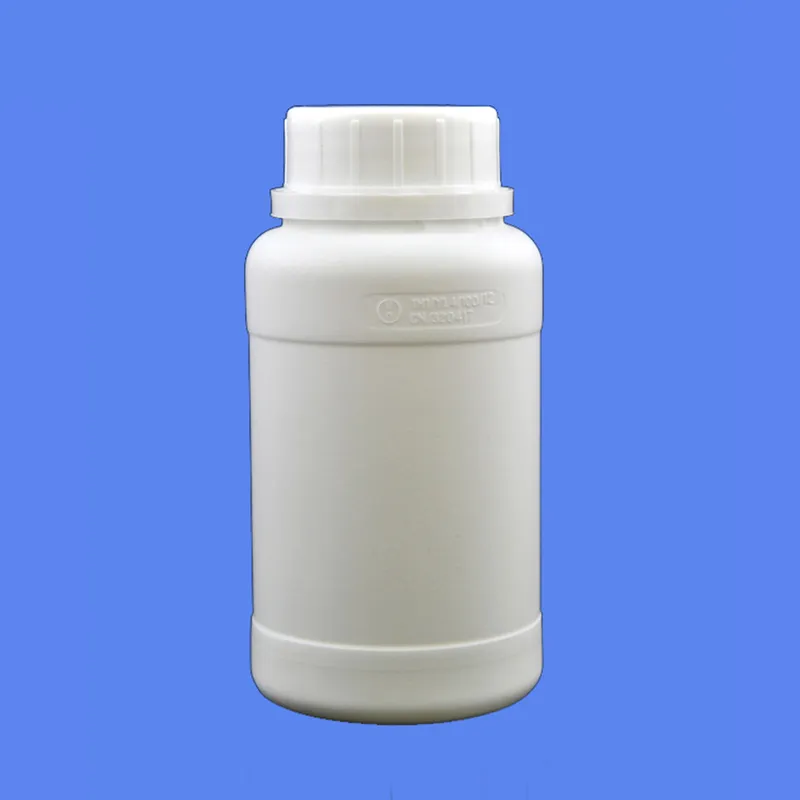
Figure 3: Tailored Hegrecat LA141 1 Solutions for Specific Industrial Needs.
Real-World Impact: Application Cases for Hegrecat LA141 1
The practical benefits of Hegrecat LA141 1 (3,5-Tris[3-(dimethylamino)propyl]hexahydro-1,3,5-triazine) are best illustrated through its successful deployment in various industrial scenarios. These case studies highlight its capacity to enhance product quality, improve process efficiency, and meet stringent regulatory requirements.
Case Study 1: High-Performance Automotive Seating Foam
Challenge: An automotive supplier required a polyurethane flexible foam for seating that offered excellent comfort, durability, and, critically, very low VOC emissions to meet stringent OEM standards (e.g., VDA 278). Traditional amine catalysts often led to noticeable odor and elevated emissions in the final product, affecting interior air quality.
Solution: The formulator integrated Hegrecat LA141 1 into their catalyst package. Its low-emission profile and balanced gelling/blowing activity provided the ideal solution. It allowed for rapid curing, enabling faster demold times on the production line, while significantly reducing the "fogging" and odor associated with catalyst migration.
Results:
- VOC Reduction: Achieved a 45% reduction in total VOCs compared to previous formulations, comfortably meeting automotive industry emission standards.
- Improved Air Quality: Final foam products exhibited virtually no detectable amine odor after curing.
- Enhanced Throughput: Demold times were reduced by approximately 15%, increasing production capacity by 10% without compromising foam quality.
- Consistent Cell Structure: Resulted in uniform, fine cell structures, contributing to superior comfort and long-term durability of the seating.
Case Study 2: Energy-Efficient Rigid Insulation Panels
Challenge: A manufacturer of rigid polyurethane insulation panels sought to improve the thermal performance and structural integrity of their products, while also optimizing the foaming process to reduce energy consumption during curing.
Solution: By incorporating Hegrecat LA141 1, the formulator achieved a more efficient and complete cross-linking reaction. This improved the closed-cell content of the foam, which is critical for insulation properties. The catalyst's robust activity allowed for a reduction in oven temperature during post-cure, cutting energy costs.
Results:
- Thermal Conductivity Improvement: Achieved a 3% improvement in R-value (insulation effectiveness) due to enhanced closed-cell formation.
- Energy Savings: Reduced oven temperature by 5°C, leading to an estimated 8% reduction in energy consumption for the curing process.
- Structural Integrity: Increased compressive strength by 10%, leading to more durable and robust panels.
- Faster Production: Reduced cure time by 20 seconds per panel, accelerating overall production speed.
"Switching to Hegrecat LA141 1 has been a game-changer for our specialty adhesive line. We needed a catalyst that offered reliable cure speed without compromising on pot life or final bond strength, especially in high-humidity environments. This product delivers consistently, and the technical support from the supplier has been exceptional, helping us fine-tune our formulations to perfection."
— Head of R&D, Industrial Adhesives Manufacturer
Ensuring Trust: Quality, Delivery, and Support for Hegrecat LA141 1
Trust is built on transparency, reliability, and unwavering support. When it comes to critical chemical components like Hegrecat LA141 1 (3,5-Tris[3-(dimethylamino)propyl]hexahydro-1,3,5-triazine), our commitment extends beyond merely supplying the product. It encompasses a comprehensive approach to quality, predictable delivery, and robust customer support.
Quality Assurance & Certifications:
Every batch of Hegrecat LA141 1 undergoes stringent quality control processes from raw material sourcing to final packaging. Our manufacturing facilities operate under strict ISO 9001:2015 certified quality management systems. This global standard ensures consistency in production, adherence to specifications, and continuous improvement. We regularly conduct internal and external audits to maintain compliance and continuously refine our processes. Product specifications are provided with every shipment, along with Certificates of Analysis (CoA) to verify batch purity and performance, offering complete traceability.
Reliable Delivery & Logistics:
Understanding the critical nature of supply chain continuity for our clients, we maintain a robust global logistics network. Standard lead times for Hegrecat LA141 1 typically range from 7-14 business days for domestic orders and 2-4 weeks for international shipments, depending on destination and volume. We work with trusted freight partners experienced in handling chemical shipments, ensuring safe and timely delivery. For critical and recurring orders, we can discuss inventory management and just-in-time (JIT) delivery solutions tailored to your production schedules.
Comprehensive Warranty & Technical Support:
We stand behind the quality of our products. Hegrecat LA141 1 is supplied with a standard product warranty covering material defects and adherence to published specifications. Our commitment extends to providing unparalleled technical support. Our team of experienced chemists and application specialists is available to assist with:
- Initial product selection and formulation guidance.
- Optimization of catalyst dosage and reaction conditions.
- Troubleshooting performance issues or unexpected results.
- Interpretation of technical data and regulatory advice related to Hegrecat LA141 1.
- Providing detailed safety data sheets (SDS) and technical data sheets (TDS).
Professional FAQ: Deep Dive into Hegrecat LA141 1
References and Further Reading:
- "The Global Polyurethane Market Outlook 2023-2030." Grand View Research. https://www.grandviewresearch.com/industry-analysis/polyurethane-market (Accessed October 26, 2023).
- "Advancements in Catalysts for Polyurethane Production." Journal of Applied Polymer Science, Vol. 138, Issue 12 (2021). https://onlinelibrary.wiley.com/journal/10974628 (Example journal for chemical research)
- "New Trends in Low Emission Catalysts for Flexible Polyurethane Foams." Plastics Europe Forum. https://www.plasticseurope.org/en/about-plastics/latest-insights/publications/trends-plastics (Example industry forum link for trends)

